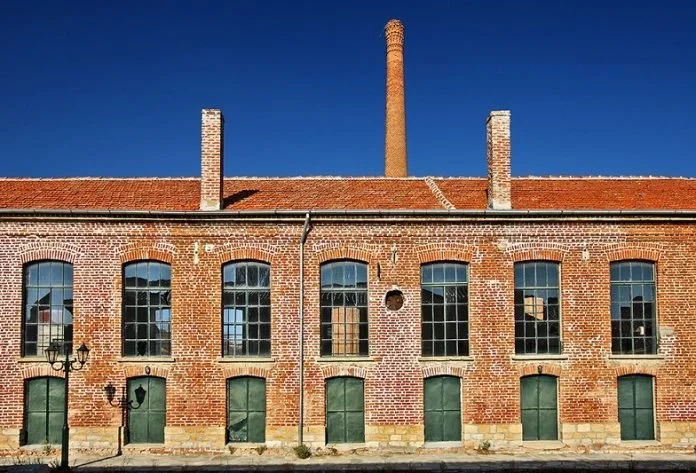A few words about silk history
Silk: a dream which still last after 5000 years…
When we touch silk, somehow, we relate to 5 000 years of passionate history: men were always fascinated by the unique beauty and softness of silk fabrics… how something so extraordinarily delicate could be possible?
We relate to the mysterious Far-East, the slow pace of silent camels trough perilous deserts, the colorful spice markets in Samarkand, Bukhara, Palmyra, Venice…
We relate to the Byzantine Princesses in our school books, with their sumptuous silk dresses which so impressed visitors at the Imperial Court….
We relate to a dream which still last after 5 000 years…
The Greek silk history
Greece used to produce and export silk, to the main European capitals. The silk know-how was transmitted by generations of authentic men and women, who were proud of their traditions.
But after WWI, Greece could not avoid the same declining fate as all European silk industries encountered.
In the 70ies, the upraise of Asian silks on international markets, and the pressure on producers to lower their prices, brought the silk industry into a disastrous economic cycle: spinning mills closed down, weavers and merchants disappeared one after the other.
Was it a fatality for Greece to never again produce silk? Or was it still possible to produce quality silk with European standards, in the respect of nature? We decided to try the challenge…
Born in poverty, worn in luxury, a contrast which inspires us
European silk long originated in poverty: illiterate farmers bending under heavy mulberry tree branches, women spinning cocoons in boiling water, long and exhausting days since childhood…
In Soufli, good cocoons were for the factory, women keeping only the bad ones.
Then, out of these unusable cocoons, their skillful fingers were making the miraculous “koukoulariko”, a lifetime silk fabric, they used for their entire household.
A fabric that made them look beautiful…
In the same spirit, we upscale silk remains for the duvets/quilts of our Home Collection



